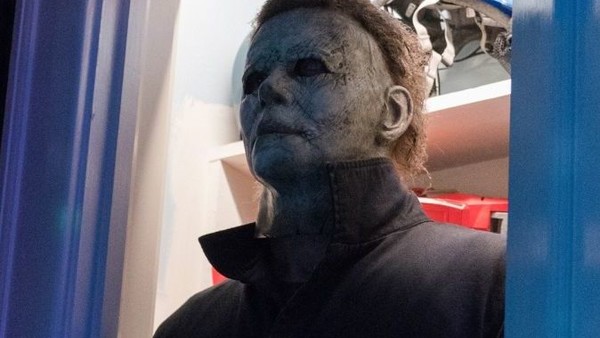Why Halloween (2018) Is Scarier Than You Think
Michael Myers is back, and this time, stalking isn't on the agenda.

Halloween 2018, set 40 years after Michael Myers' infamous return to Haddonfield, is a brilliant return to form for the franchise, and perhaps the only other genuinely great entry in the series. It isn't without its flaws of course, and it's not nearly half as scary as the original, but it does tell a truly intelligent story and features one of the most gripping finales the slasher genre has ever seen.
David Gordon Green's film has only been in the spotlight for just under a month now, but it understands what many other Halloween films haven't: the nature of Michael Myers, and what makes him such a terrifying and enduring horror villain. It does this by providing clever commentary on the series' history, rooted directly in previous depictions of the character, but also by paying homage to and by depicting a totally new version of Michael. He's still The Shape, and he still boasts that slow, methodical walk, but he's not the same - not quite.
This is a new kind of Halloween. Myers doesn't stalk, he doesn't stare, and he doesn't pause - three elements that made John Carpenter's original Halloween so suspenseful. Instead, he moves along at a terrifying pace, ghosting from house to house like a literal bogeyman - one who, in 2018, doesn't have the time to indulge in his own voyeuristic tendencies.
For fans of the original Halloween, such a change may even make the character of Michael less terrifying, less unique, and perhaps even less interesting, but there's a genuinely unnerving reason for this change in Michael's MO, and one that makes Halloween (2018) every bit the bone-chilling watch it was originally touted to be.